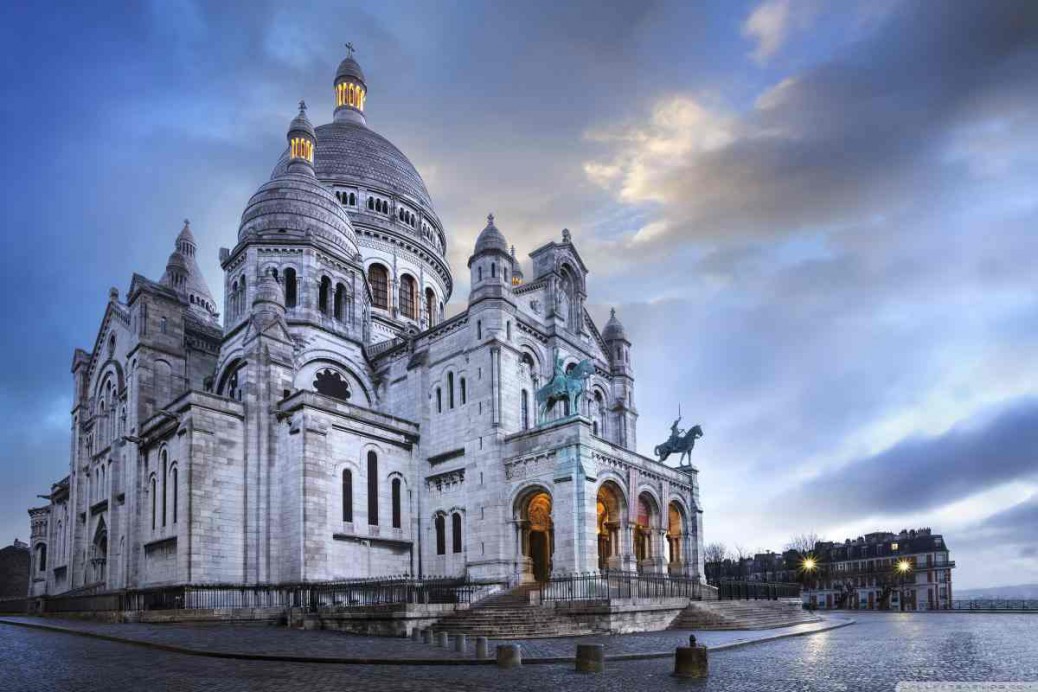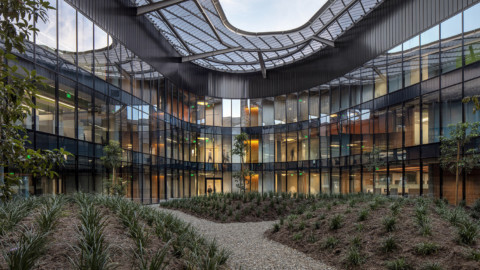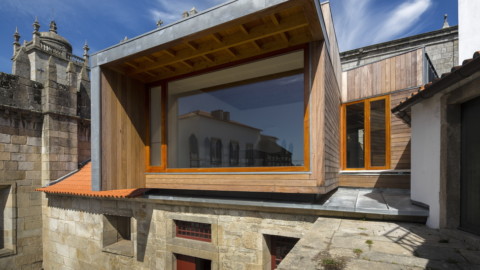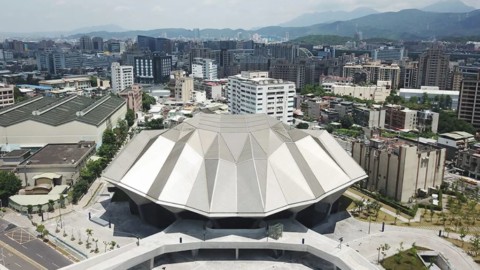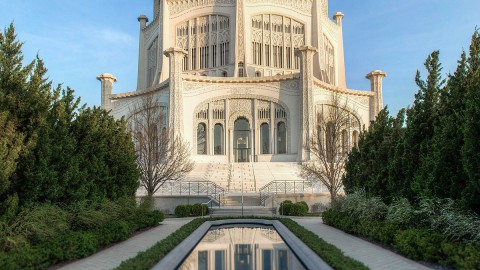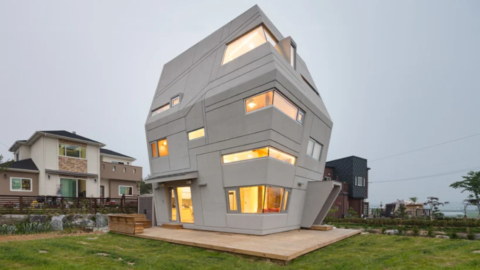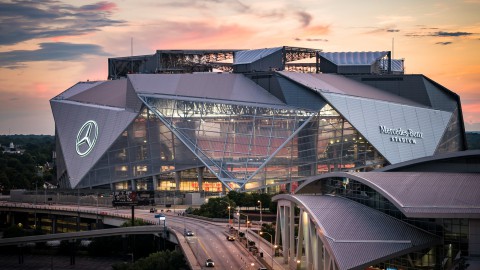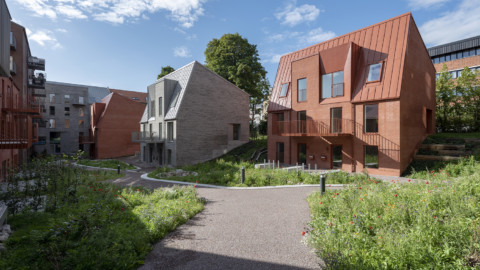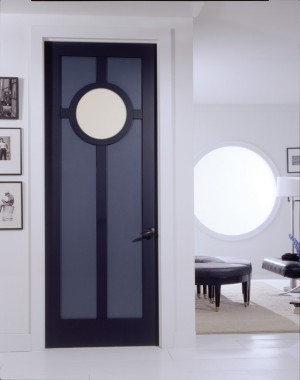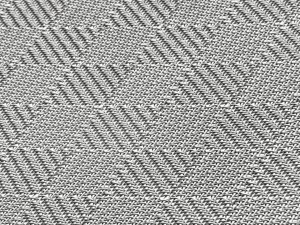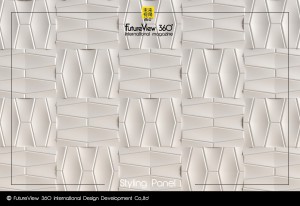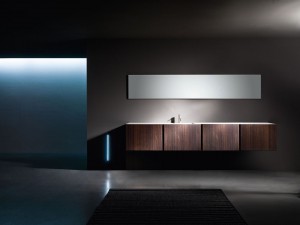Sacré-Cœur, Paris 聖心堂

The Basilica of the Sacred Heart of Paris, commonly known as Sacré-Cœur Basilica and often simply Sacré-Cœur (French: Basilique du Sacré-Cœur, pronounced [sakʁe kœʁ]), is a Roman Catholic church and minor basilica, dedicated to the Sacred Heart of Jesus, in Paris, France. A popular landmark and the second most visited monument in Paris, the basilica is located at the summit of the butte Montmartre, the highest point in the city. Sacré-Cœur is a double monument, political and cultural, both a national penance for the defeat of France in the 1870 Franco-Prussian War and the socialist Paris Commune of 1871 crowning its most rebellious neighborhood, and an embodiment of conservative moral order, publicly dedicated to the Sacred Heart of Jesus, which was an increasingly popular vision of a loving and sympathetic Christ.
The basilica was designed by Paul Abadie. Construction began in 1875 and was completed in 1914. The basilica was consecrated after the end of World War I in 1919.
巴黎圣心大教堂,俗稱Sacré-CœurBasilica,通常簡稱Sacré-Cœur(法語:BasiliqueduSacré-Cœur,發音為[sakʁekœʁ]),是羅馬天主教堂和小教堂,致力於耶穌的聖心,在巴黎,法國。這座大教堂是巴黎最受歡迎的地標和第二大訪問紀念碑,位於城市最高點蒙馬特山頂。 Sacré-Cœur是一個雙重紀念碑,政治和文化,都是1870年法國 – 普魯士戰爭中法國戰敗的國家懺悔和1871年社會主義巴黎公社加冕其最叛逆的鄰居,以及公開保守道德秩序的體現致力於耶穌的聖心,這是一個越來越受歡迎的愛心和同情基督的願景。
大教堂由Paul Abadie設計。建於1875年,於1914年完工。大教堂於1919年第一次世界大戰結束後奉獻。
Religion
Affiliation:Roman Catholic
Province:Archdiocese of Paris
Ecclesiastical or organizational status:Minor basilica
Year consecrated :1919
Location
Location:Paris, France
Geographic coordinates:48°53′12.1″N 2°20′34.8″ECoordinates: 48°53′12.1″N 2°20′34.8″E
Architecture
Architect(s):Paul Abadie
Groundbreaking:1875
Completed:1914
Specifications
Length:85 metres (279 ft)
Width:35 metres (115 ft)
Height (max) :83 metres (272 ft)
Materials:Travertine stone
宗教
隸屬:羅馬天主教徒
省:巴黎大主教管區
教會或組織狀況:小教堂
奉獻年份:1919年
地點
地點:法國巴黎
地理坐標:48°53’12.1“N 2°20’34.8”ECoordinates:48°53’12.1“N 2°20’34.8”E
建築
建築師:Paul Abadie
開工:1875年
完成時間:1914年
產品規格
長度:85米(279英尺)
寬度:35米(115英尺)
高度(最大):83米(272英尺)
材料:石灰華石
Construction
A law of public utility was passed to seize land at the summit of Montmartre for the construction of the basilica. Architect Paul Abadie designed the basilica after winning a competition over 77 other architects. With delays in assembling the property, the foundation stone was finally laid 16 June 1875. Passionate debates concerning the basilica were raised in the Conseil Municipal in 1880, where the basilica was called “an incessant provocation to civil war” and it was debated whether to rescind the law of 1873 granting property rights, an impracticable proposition. The matter reached the Chamber of Deputies in the summer of 1882, in which the basilica was defended by Archbishop Guibert while Georges Clemenceau argued that it sought to stigmatize the Revolution. The law was rescinded but the basilica was saved by a technicality, and the bill was not reintroduced in the next session. A further attempt to halt the construction was defeated in 1897, by which time the interior was substantially complete and had been open for services for six years.
Abadie died not long after the foundation had been laid, in 1884, and five architects continued with the work: Honoré Daumet (1884–1886), Jean-Charles Laisné (1886–1891), Henri-Pierre-Marie Rauline (1891–1904), Lucien Magne (1904–1916), and Jean-Louis Hulot (1916–1924). The basilica was not completed until 1914, when war intervened; it was formally dedicated in 1919 after World War I, when its national symbolism had shifted.
Construction costs, estimated at 7 million French francs and drawn entirely from private donations, were expended before any above-ground, visible structure was to be seen. A provisional chapel was consecrated 3 March 1876, and pilgrimage donations quickly became the mainstay of funding. Donations were encouraged by the expedient of permitting donors to “purchase” individual columns or other features as small as a brick. It was declared by the National Assembly that the state had the ultimate responsibility for funding.
Muted echoes of the basilica’s “tortured history” are still heard, geographer David Harvey has noted. In February 1971 demonstrators pursued by the police took refuge in the basilica and called upon their radical comrades to join them in occupying the church “built upon the bodies of communards in order to efface that red flag that had for too long floated over Paris” as their leaflets expressed it.
施工
通過了一項公用事業法,以便在蒙馬特山頂佔領土地,建造大教堂。建築師保羅·阿巴迪(Paul Abadie)在贏得77位其他建築師的競賽后設計了這座大教堂。 1875年6月16日,基石一直在1875年6月16日奠基。在1880年的Conseil市政當局提出了關於大教堂的熱烈辯論。在那裡,大教堂被稱為“對內戰的不間斷挑釁”,有人爭論是否要廢除1873年授予財產權的法律,這是一個不切實際的主張。這件事在1882年夏天到達了眾議院,其中大教堂由Guibert大主教辯護,而Georges Clemenceau則認為它試圖使革命恥辱。法律被撤銷,但大教堂是通過技術性保存的,該法案未在下屆會議上重新提出。 1897年,進一步試圖制止建築工程被打敗,此時內部基本完工並已開放服務六年。
阿巴迪於1884年奠基後不久去世,五位建築師繼續工作:HonoréDaumet(1884-1886),Jean-CharlesLaisné(1886-1891),Henri-Pierre-Marie Rauline(1891-1904) ),Lucien Magne(1904-1916)和Jean-Louis Hulot(1916-1924)。直到1914年戰爭干預時,大教堂才完工;它在1919年第一次世界大戰後正式致力於其國家象徵主義的轉變。
建築成本估計為700萬法國法郎,完全來自私人捐贈,在看到任何地上,可見的結構之前就已經花費了。 1876年3月3日,臨時教堂被奉獻,朝聖捐贈迅速成為資助的主要支柱。允許捐贈者“購買”單個柱子或像磚一樣小的其他特徵的權宜之計鼓勵了捐贈。國民議會宣布國家對資金負有最終責任。
地理學家大衛·哈維(David Harvey)指出,仍然可以聽到大教堂“折磨歷史”的無聲迴聲。 1971年2月,警察追捕的示威者在大教堂避難,並呼籲他們的激進同志加入他們,佔領教堂“建立在共同體的屍體上,以消除長期漂浮在巴黎上空的紅旗”,他們的傳單表達了它。

Architecture
The overall style of the structure shows a free interpretation of Romano-Byzantine features, an unusual architectural vocabulary at the time, which was a conscious reaction against the neo-Baroque excesses of the Palais Garnier cited in the competition. Many design elements of the basilica symbolise nationalist themes: the portico, with its three arches, is adorned by two equestrian statues of French national saints Joan of Arc (1927) and King Saint Louis IX, both executed in bronze by Hippolyte Lefebvre; and the nineteen-ton Savoyarde bell (one of the world’s heaviest), cast in 1895 in Annecy, alludes to the annexation of Savoy in 1860.
Sacré-Cœur is built of travertine stone quarried in Château-Landon (Seine-et-Marne), France.
A mosaic in the apse entitled Christ in Majesty, created by Luc-Olivier Merson, is among the largest in the world.
The basilica complex includes a garden for meditation, with a fountain. The top of the dome is open to tourists and affords a spectacular panoramicview of the city of Paris, which is mostly to the south of the basilica.
The use of cameras and video recorders is forbidden inside the basilica.
建築
該結構的整體風格展示了羅馬 – 拜占庭特徵的自由詮釋,這是當時不尋常的建築詞彙,這是對比賽中引用的卡尼爾宮的新巴洛克式過度的有意識的反應。大教堂的許多設計元素象徵著民族主義的主題:門廊有三個拱門,由法國國家聖徒聖女貞德(1927年)和聖路易九世國王的兩個馬術雕像裝飾,兩個都由希波呂特勒費弗爾以青銅器執行; 1895年在安納西投下的十九噸薩瓦亞德鐘(世界上最重的鐘之一)暗示了1860年薩沃伊的兼併。
Sacré-Cœur由法國Château-Landon(Seine-et-Marne)採石的石灰華石材建造而成。
由Luc-Olivier Merson創作的名為Christ in Majesty的後殿中的馬賽克是世界上最大的馬賽克之一。
大教堂建築群包括一個冥想花園和一個噴泉。圓頂的頂部向遊客開放,並提供巴黎市的壯觀全景,主要位於大教堂的南部。
大教堂內禁止使用攝像機和錄像機。


FROM:https://en.wikipedia.org/wiki/Sacr%C3%A9-C%C5%93ur,_Paris
FROM:◄ Sacre Coeur Basilica, Paris [HD] ►
FROM:Montmartre – Paris, France. (Sacré-Coeur, Place du Tertre…)
Don’t you think it’s addictive?
Want to know more about the beauty of architecture?
Come and join our members to explore the beauty of architectural design.
覺得看得不過癮嗎?
想要知道更多建築之美嗎?
快來加入我們的會員,一同探索建築設計之美。
The above article is purely for appreciation and sharing purposes, as well as the construction of new technology and the public can be in-depth understanding of the information at the same time there are sources, will be able to query, no use of the document as a commercial transaction, if illegal, please inform the We will immediately remove the site, thank you for cooperation.
以上文章純粹作為欣賞及分享用途,以及將建築新型技術傳遞給與大眾能夠深入了解,同時資料還有來源,將可查詢,絕無使用該文件資料作為商業交易行為,如有違法請務必告知該網站我們將立即處理撤除,謝謝合作。

